No products in the cart.
Uncategorized
Did You Know? 20 Fun Facts About Colombia
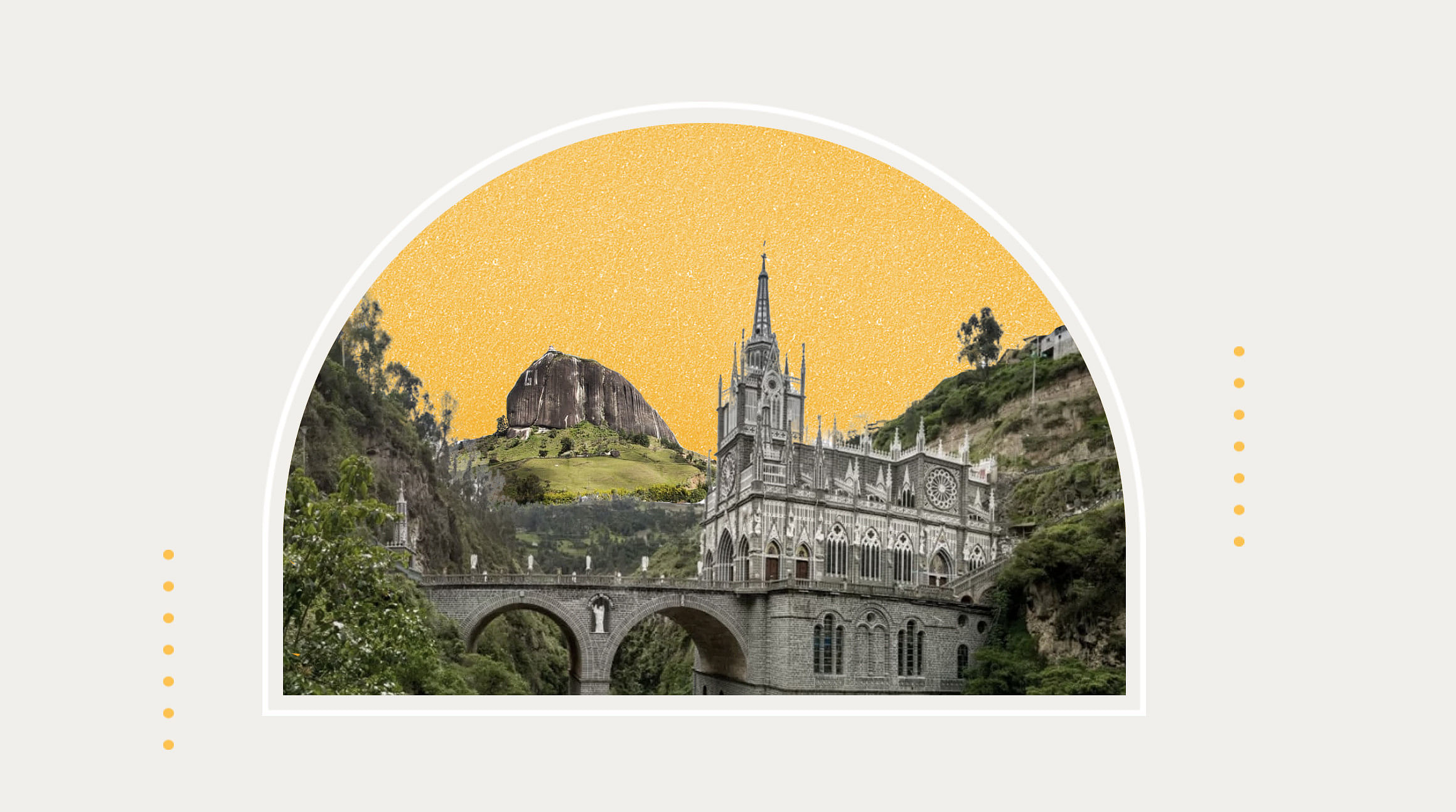
Colombia, nestled in the northwest corner of South America, is a vibrant mix of culture, biodiversity, and history. From its bustling cities to its lush rainforests and Caribbean beaches, Colombia offers something for everyone. Let’s dive into 20 fun facts about this fascinating country that will make you want to pack your bags and explore.
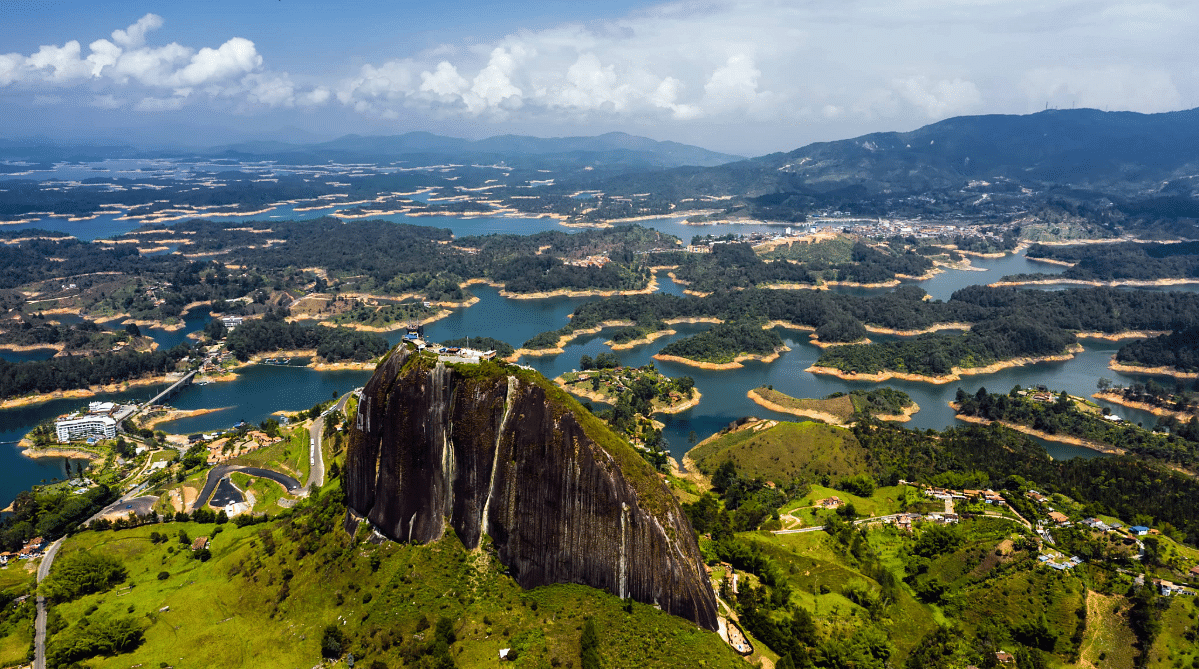 Freepik
Freepik
Colombia is one of the most biodiverse countries on the planet.
It boasts about 10% of the world’s flora and fauna species. From the Amazon rainforest to the Andes mountains, its varied landscapes host a stunning array of life forms, making it a paradise for nature lovers and researchers alike.
One-third of the country is the Amazon rainforest.
Colombia’s slice of the Amazon is a vital component of the world’s largest tropical rainforest, playing a crucial role in regulating the global climate, preserving freshwater resources, and providing habitat for indigenous communities and endangered wildlife.
Over 9,100 species of animals can only be found in Colombia.
These endemic species range from colorful frogs and dazzling birds to elusive mammals and unique insects, highlighting Colombia’s importance as a global hotspot for conservation. The country’s diverse landscapes, from the Amazon rainforest to the Andean cloud forests, provide distinct habitats that have led to the evolution of countless endemic species.
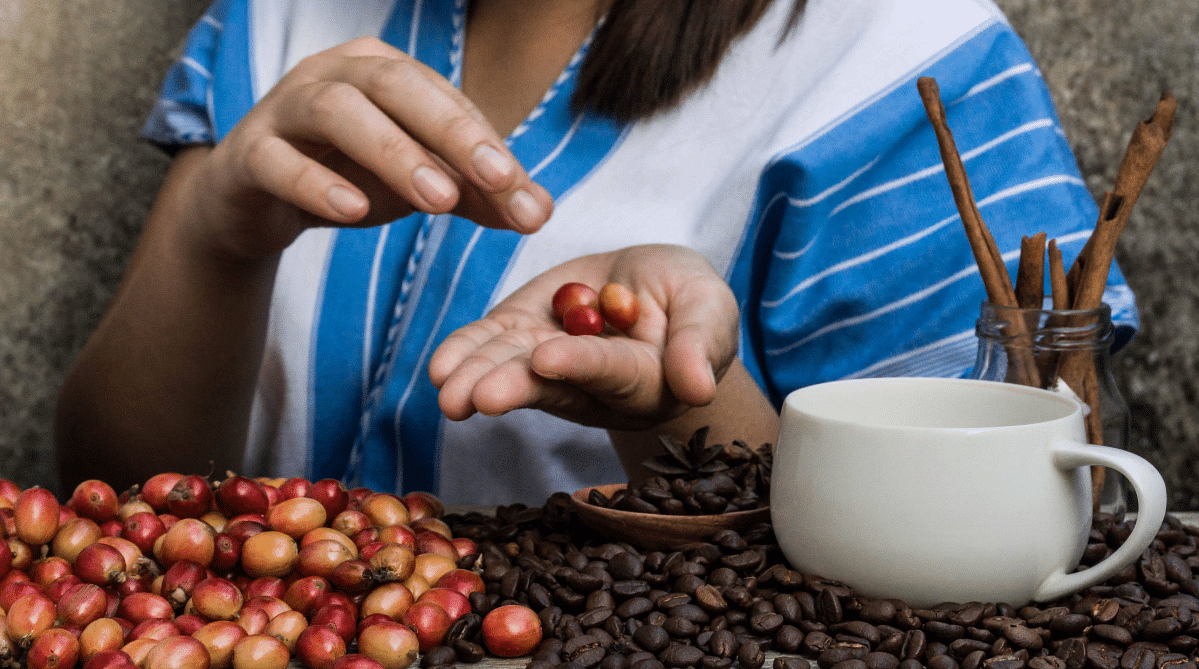 Freepik
Freepik
Colombia has a rich coffee culture.
Coffee production is deeply ingrained in the country’s history and economy, and visitors can tour coffee farms to learn about the process from bean to cup while enjoying the picturesque countryside.
Bandeja Paisa is Colombia’s national dish.
Originating from the Paisa region, which encompasses cities like Medellín, the Bandeja Paisa is a generous platter featuring an array of traditional ingredients, including grilled steak or ground beef, chorizo sausage, crispy pork belly (chicharrón), rice, red beans, plantains, avocado, a fried egg, and arepa (cornmeal cake).
Colombia has produced several renowned literary figures.
These include Nobel laureate Gabriel García Márquez, whose magical realism novels such as “One Hundred Years of Solitude” have captivated readers worldwide. García Márquez’s hometown of Aracataca serves as the inspiration for the fictional town of Macondo in many of his works.
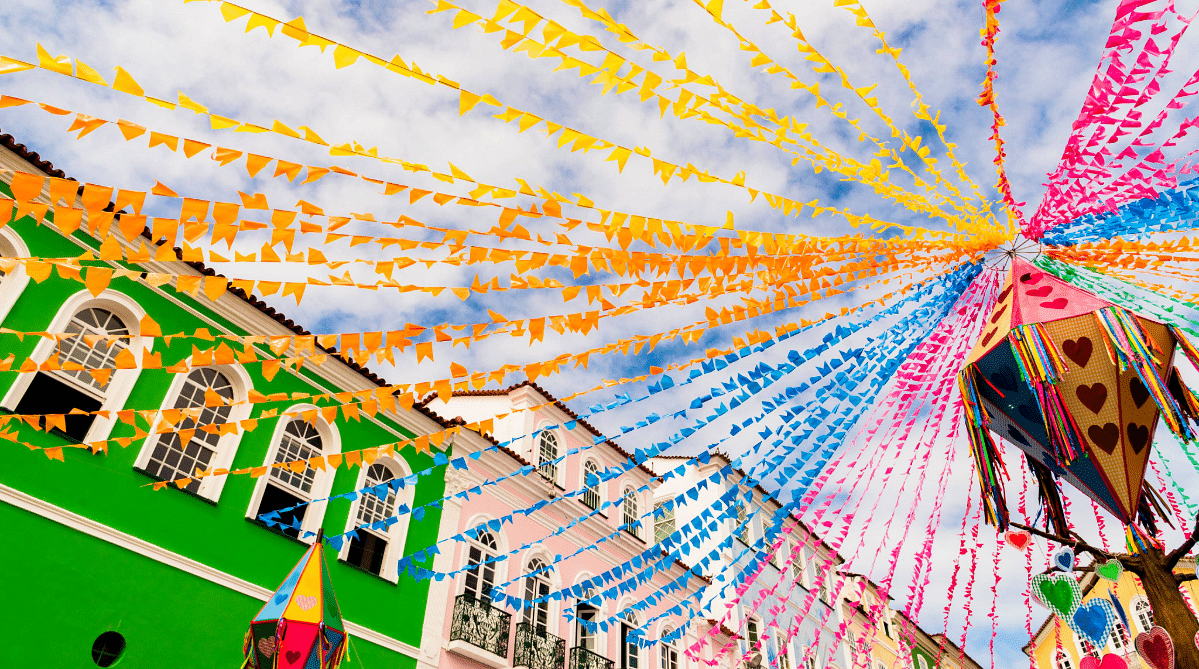 Freepik
Freepik
Colombia hosts the world’s largest salsa festival.
The Cali Fair (Feria de Cali) is held annually in the vibrant city of Cali. This week-long extravaganza celebrates the rhythm, passion, and energy of salsa music and dance, attracting thousands of dancers, musicians, and spectators from around the globe.
Colombia’s national sport is Tejo.
Played since pre-Columbian times by indigenous communities, Tejo involves throwing metal discs called “tejos” at a target embedded with small explosives known as “mechas.” The goal is to hit the mechas, creating a loud bang and earning points.
The Colombian national anthem plays twice a day.
In a unique cultural tradition, the Colombian national anthem is played twice daily, once at 6:00 a.m. and again at 6:00 p.m., across the country. This practice, known as the “Llamada de Bandera” or “Flag Call,” serves as a patriotic reminder for Colombians to honor their nation and its heritage.
Colombia has South America’s longest bicycle route.
Colombia is a paradise for cyclists, boasting South America’s longest bicycle route, the “CicloRuta del Magdalena,” which stretches over 1,200 kilometers (745 miles). This scenic route follows the course of the mighty Magdalena River, winding through breathtaking landscapes, charming towns, and historic sites.
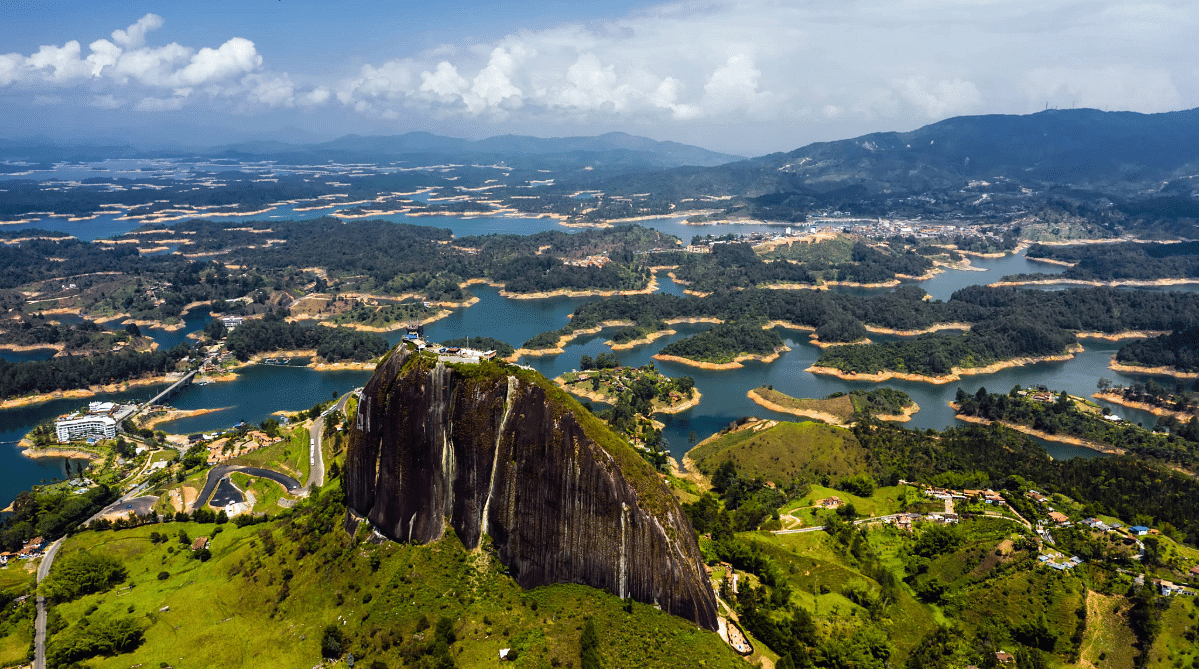 iStock
iStock
Colombia is home to the world’s highest coastal mountain range.
The Sierra Nevada de Santa Marta reaches elevations of over 5,700 meters (18,700 feet) above sea level. It’s not only a geological marvel but also a cultural and ecological treasure, harboring diverse ecosystems, indigenous communities, and endemic species found nowhere else on Earth.
The country has over 1,900 bird species.
Colombia is a birdwatcher’s paradise and ranks first in the world for bird diversity per square kilometer. From colorful toucans to majestic condors, the country offers unparalleled opportunities for bird enthusiasts to spot rare and exotic species in their natural habitats.
It also has pink dolphins.
Colombia is home to pink dolphins, known as Botos or Amazon river dolphins. These freshwater mammals inhabit Colombia’s rivers, including the Amazon, and are distinguished by their unique pink hue, which deepens with age. Revered in indigenous lore, spotting these elusive creatures is a special experience for wildlife enthusiasts exploring Colombia’s waterways.
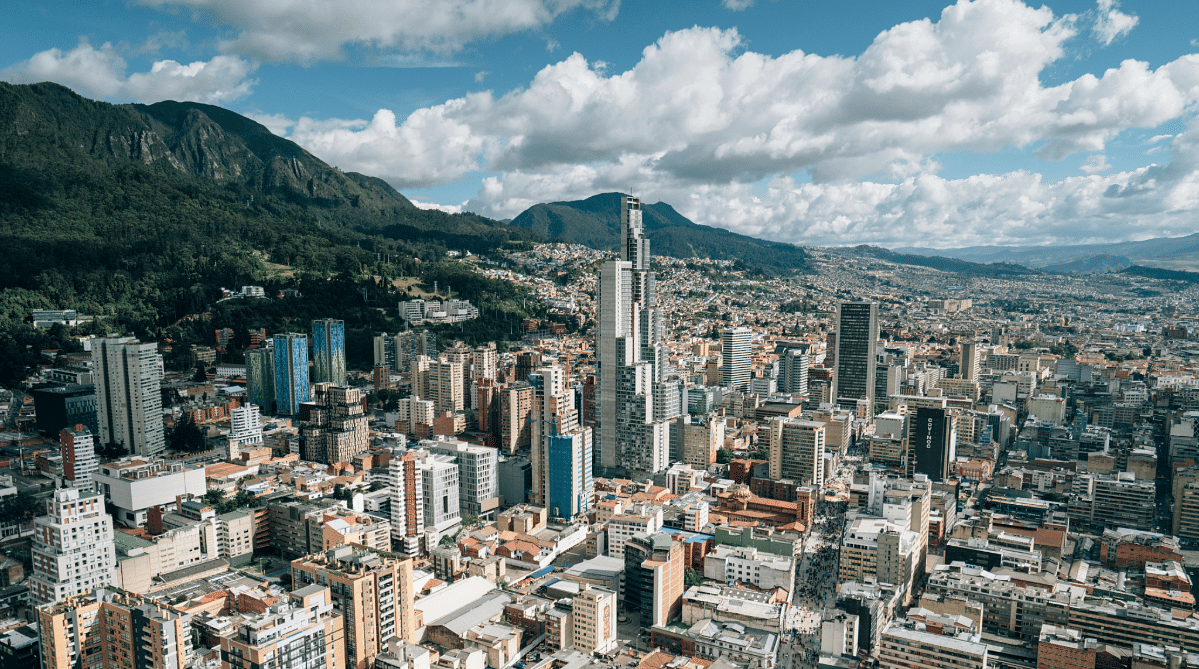 Unsplash
Unsplash
Bogotá is one of the highest major cities in the world.
Bogotá, the capital city of Colombia, sits majestically in the Andes mountains at an elevation of over 2,600 meters (8,600 feet) above sea level, making it one of the highest major cities in the world. This lofty altitude not only provides stunning panoramic views of the surrounding mountains but also creates a unique climate characterized by mild temperatures year-round.
Colombia has a coastline on both the Caribbean and the Pacific.
From the pristine beaches and coral reefs of the Caribbean coast to the rugged beauty and biodiversity of the Pacific coast, visitors can enjoy a wide range of activities such as swimming, surfing, snorkeling, and whale watching. This geographical feature contributes to Colombia’s allure as a destination for sun-seekers and nature enthusiasts alike.
National parks cover approximately 10% of the country’s land area.
These protected areas encompass a wide range of ecosystems, including rainforests, paramos, wetlands, and coastal regions, providing vital habitats for numerous species of plants and animals. From the sprawling Sierra Nevada de Santa Marta National Park to the biodiverse Tayrona National Natural Park, these protected wilderness areas offer opportunities for hiking, wildlife observation, and eco-tourism.
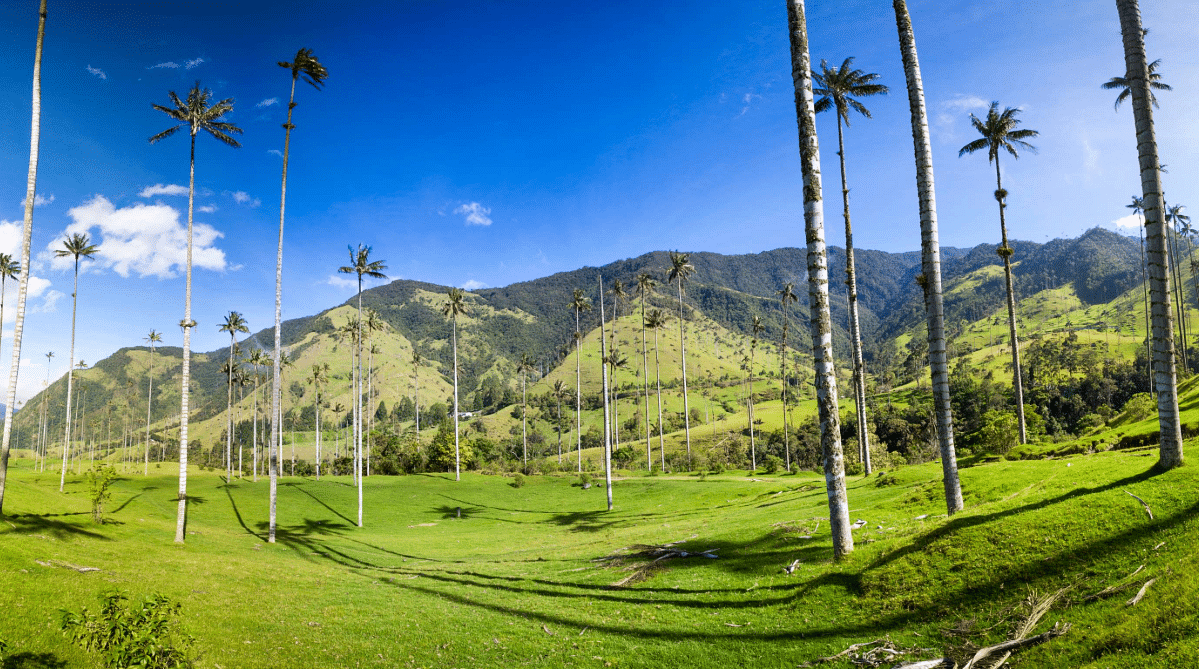 Freepik
Freepik
Colombia is home to the world’s tallest palm trees.
The majestic Wax Palms can reach staggering heights of up to 60 meters (almost 200 feet). These towering giants are found in the Cocora Valley, nestled within the Andes mountains near the town of Salento. Visitors can hike through the lush cloud forest, marveling at the surreal sight of these slender palms piercing the sky.
The Lost City is older than Machu Picchu.
Colombia is home to the Lost City (Ciudad Perdida), an archaeological site nestled in the lush jungles of the Sierra Nevada de Santa Marta. Dating back more than 1,400 years, the Lost City predates Machu Picchu by around 650 years, making it one of the oldest and most mysterious pre-Columbian settlements in the Americas.
70-90% of the world’s emeralds come from Colombia.
Colombia is the world’s largest producer of emeralds, renowned for their exceptional quality and vibrant green color. The country’s rich emerald deposits have fueled a thriving gemstone industry, with emerald mines scattered throughout regions like Boyacá and Cundinamarca, attracting gem enthusiasts and collectors from around the world.
The Lost City Of El Dorado is in Colombia.
Colombia is famously associated with the mythical city of El Dorado, believed by many to be a place of untold riches and splendor. While the exact location of El Dorado remains a mystery, it is often linked to the legend of an ancient indigenous ritual in which a chief would be covered in gold dust and precious jewels before diving into Lake Guatavita.
Are you planning a trip to Colombia? Stay connected with a Colombia eSIM from Airalo.

